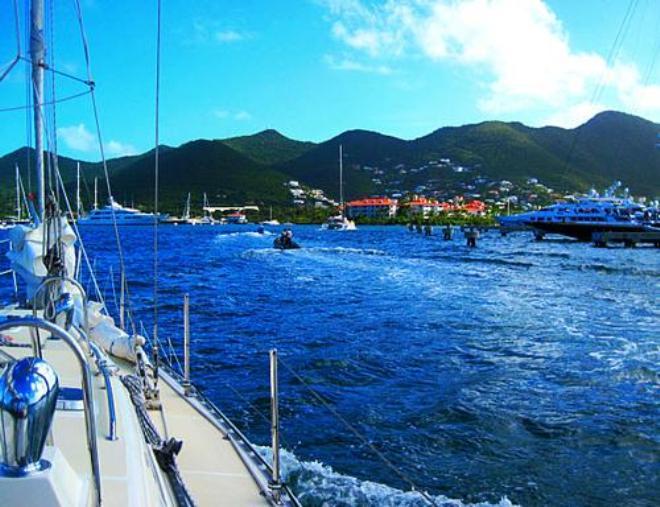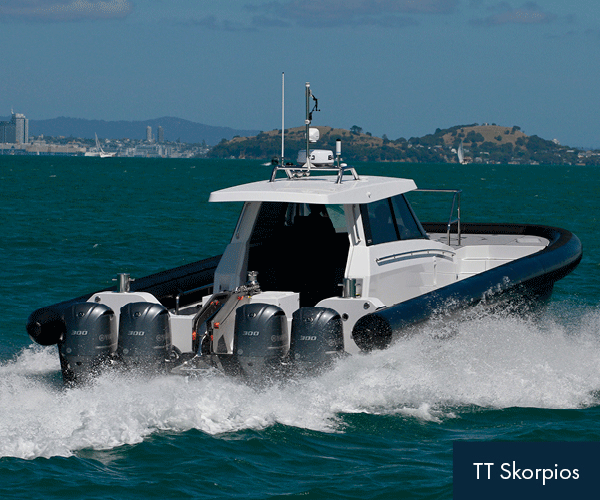How to anchor with radar in low visibility
by Captain John Jamieson on 14 Mar 2016

How to use radar to approach a fog-bound anchorage Captain John Jamieson
http://www.skippertips.com
Imagine that you are fog-bound on the blackest of nights. How can you combine electronic and traditional sailing navigation to approach an anchorage and drop the hook safe and sound? Use the power and magic of radar to anchor in an isolated cove, approach an anchorage in fog or low visibility, or when GPS has become unreliable.
1. Prepare for a Fog-Bound Approach
Study your chart and plotter. Highlight all shoals on each side of the approach and entrance into the cove or anchorage area. Plot your courses so that you have a prominent land point ahead of the boat on each course leg (far left illustration).*
*Note: In the illustration, a dead reckoning (DR) plot has not been shown to maintain clarity. Always use DR navigation along with other forms of navigation (visual, electronic, celestial).
2. Measure 'Head-Range' Distances Ahead
Measure the distance from the prominent point ahead of each leg, back to the end of the course leg. On the first leg, we will use the determined 'head-range' (in radar, distances are called 'ranges') to point 'A' to know when to turn onto the second leg. On the second leg, we will use the determined head-range to point 'D' to let us know when to the stop the boat and lower the anchor (anchor symbol). Make an entry into the navigation log with these prominent points and the distances to each point (middle illustration).
3. Determine 'Tangent-Range' Distances Abeam
Look for prominent points abeam of your course line. Note on the second leg, we have chosen points 'B' and 'C' off the beam. These 'tangent-ranges' help you stay on your course line. If you wander off course, the distance will decrease from the closer point and increase from the farther point (far right illustration).
Measure the distance to each tangent-range and enter it into the navigation log. Steer a course so that you maintain this range (distance). Realize that tangent-ranges are dynamic, and the distance will change as soon as you pass abeam of each of these points. As you proceed farther along your course, select other points abeam (if available) to use as tangent-ranges. Make another entry into your navigation log with the distance to each new tangent-range.
Captain John's Sailing Tip...
- Combine dead reckoning and soundings (depth sounder) with radar navigation. If things disagree, stop the boat. Anchor if necessary to avoid grounding. Resolve the problem before you proceed.
- Use the power of sailing navigation's more powerful and useful electronic navigation tool. Keep your small sailboat in safe water and your sailing crew safe and sound for many sailing seasons to come!
John Jamieson (Captain John) with 25+ years of experience shows you the no-nonsense cruising skills you need for safer sailing worldwide. Visit his website. Sign up for the Free, highly popular 'Sailing Tip-of-the-Week'.
If you want to link to this article then please use this URL: www.nzboating-world.com/143076

